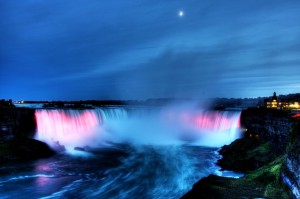
Think Waterproof
Niagara Falls is wet. So much of Niagara Falls’ activities take place in or around the falls, which means you and your belongings are likely to feel some of the spray of the rushing water. If you have extremely delicate or costly photography equipment, you might forgo bringing it along while you ride the Maid of the Mist or Journey Behind the Falls. You don’t want to irreparably damage your priceless equipment — not to mention jeopardize participating in other Niagara photo-ops — because some water seeped in to the intricate tech.
Instead, look into waterproof camera options. Plenty of companies sell inexpensive disposable waterproof cameras that can even go fully underwater without experiencing damage. Alternatively, you might find waterproof covers for your equipment if you really want the best pictures you can get; rain hoods are useful, but you might need something more extensive just to be safe. No matter what, to preserve your experiences of the falls’ relentless onslaught, you’ll need something that won’t be damaged by the elements.
Think Big
The grand vistas around the falls barely fit into your field of vision when you’re there, so capturing them with a camera is truly a feat. This is where your different lenses will help you out. Wide angle lenses allow you to include more of the scenery in your picture, but come in a variety of sizes.
If you like quirkier photos, you might bring along a fish-eye lens to get an interesting perspective of the falls and surrounding areas. Moreover, the curve of the lens might allow you a wider view of certain landscapes.
Think Light
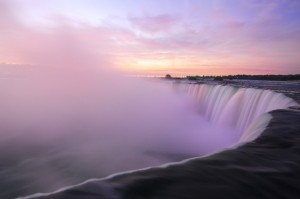
If you’re still using film cameras, you might look into purchasing a variety of films for the various lighting situations. The color temperature of the film will affect how your subjects appear in different lights, and slower films might be better for night photography.
Bring a Tripod
One of the more fun lighting tricks you can perform with cameras is a long exposure. If you bring along your tripod, you can leave the shutter open to get pictures of the falls over a long period of time. These photographs almost capture the actual movement of the rushing water. Plus, if you use your tripod and long exposure at night, the colors of the falls and the lights of the surrounding city will look even brighter.

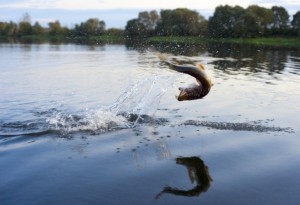 It’s obvious that Niagara Falls is a place that is attractive to any kind of vacation-goer. Relaxers, explorers and revelers alike can find the perfect attractions to help them unwind. If you are a type who enjoys experiencing the great outdoors, you must know about all the astoundingly beautiful hiking opportunities at the falls and nearby spaces. However, even if you are a true nature lover, you still might not know what critters you might find living amidst the falls’ surrounding parks and forests. Here’s a short list of the wildlife you might spot while you’re wandering around the falls during
It’s obvious that Niagara Falls is a place that is attractive to any kind of vacation-goer. Relaxers, explorers and revelers alike can find the perfect attractions to help them unwind. If you are a type who enjoys experiencing the great outdoors, you must know about all the astoundingly beautiful hiking opportunities at the falls and nearby spaces. However, even if you are a true nature lover, you still might not know what critters you might find living amidst the falls’ surrounding parks and forests. Here’s a short list of the wildlife you might spot while you’re wandering around the falls during 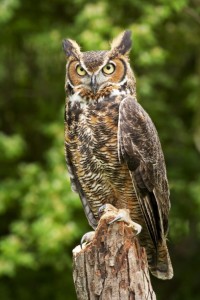 It seems that any bird can be majestic, but that doesn’t bar us from claiming that our own feathered friends are particularly grand. At any rate, the falls region can truly boast more than 300 species of wild bird, many of which are endangered or at-risk. You’ll easily spot the bright feathers of common birds such as cardinals, blue jays and robins. Plus, the ornithologists in your group will probably be able to distinguish the finches, thrushes and chickadees that almost overwhelm our trees’ branches.
It seems that any bird can be majestic, but that doesn’t bar us from claiming that our own feathered friends are particularly grand. At any rate, the falls region can truly boast more than 300 species of wild bird, many of which are endangered or at-risk. You’ll easily spot the bright feathers of common birds such as cardinals, blue jays and robins. Plus, the ornithologists in your group will probably be able to distinguish the finches, thrushes and chickadees that almost overwhelm our trees’ branches.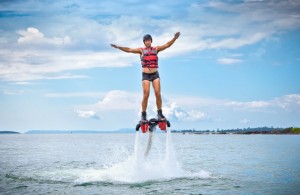 If you’ve ever wanted to soar high into the air via jetpack, you’re in luck — the latest extreme water sport craze has come to Niagara Falls. Flyboarding, which allows you to rise to heights of 35 feet on a water-powered board, has been taking the world by storm. Now, with help from FlyBoard Niagara, you can be the first of your friends to try the new sports craze.
If you’ve ever wanted to soar high into the air via jetpack, you’re in luck — the latest extreme water sport craze has come to Niagara Falls. Flyboarding, which allows you to rise to heights of 35 feet on a water-powered board, has been taking the world by storm. Now, with help from FlyBoard Niagara, you can be the first of your friends to try the new sports craze.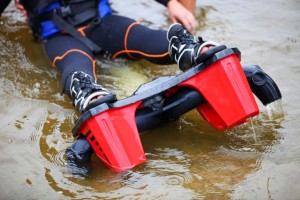 When you’re
When you’re 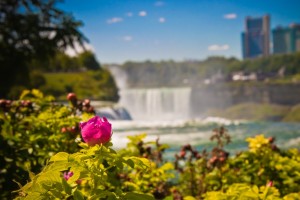 One of the loveliest parks in Niagara,
One of the loveliest parks in Niagara, 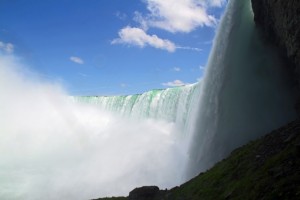 Horseshoe Falls
Horseshoe Falls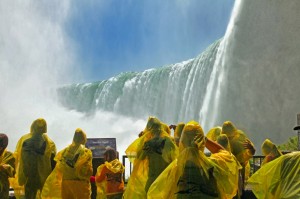
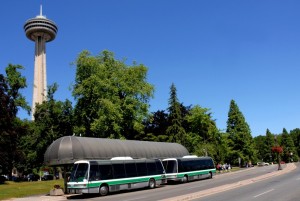
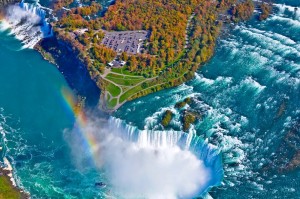
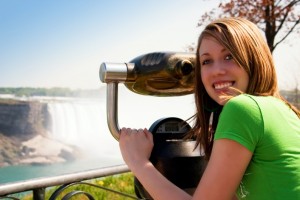 Autumn
Autumn
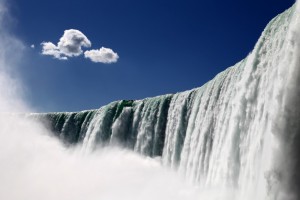
 Niagara Falls has long been known as the honeymoon capital of the world but many families know it as the fantastic vacation spot as well. Children and adults alike gaze in wonder at the size and power of the Falls which include the largest and most powerful in the continent. However, aside from visiting the world-famous waterfalls of Horseshoe Falls, Bridal Veil Falls and the American Falls, there are many family-friendly activities within the city of Niagara Falls, Ontario to keep both parents and children happy.
Niagara Falls has long been known as the honeymoon capital of the world but many families know it as the fantastic vacation spot as well. Children and adults alike gaze in wonder at the size and power of the Falls which include the largest and most powerful in the continent. However, aside from visiting the world-famous waterfalls of Horseshoe Falls, Bridal Veil Falls and the American Falls, there are many family-friendly activities within the city of Niagara Falls, Ontario to keep both parents and children happy. Marineland is one of the most popular attractions in Niagara Falls. Operating an amusement park alongside an interactive aquatic zoo, Marineland is a must for the kids. Children will be able to view and interact with a variety of species including bears, deer, elk, beluga and orca whales, sea lions, walruses and dolphins. Visitors to the park can even enjoy a show by the orca in the King Waldorf Stadium.
Marineland is one of the most popular attractions in Niagara Falls. Operating an amusement park alongside an interactive aquatic zoo, Marineland is a must for the kids. Children will be able to view and interact with a variety of species including bears, deer, elk, beluga and orca whales, sea lions, walruses and dolphins. Visitors to the park can even enjoy a show by the orca in the King Waldorf Stadium. While you might think Niagara Falls is just one gigantic waterfall, the city is actually made up of several different districts!
While you might think Niagara Falls is just one gigantic waterfall, the city is actually made up of several different districts! Beyond the adventure and shopping, Niagara Falls has hundreds of acres of beautiful natural scenery surrounding the area. If you want something different to do this month and love nature then check out these three events coming to Niagara Falls.
Beyond the adventure and shopping, Niagara Falls has hundreds of acres of beautiful natural scenery surrounding the area. If you want something different to do this month and love nature then check out these three events coming to Niagara Falls.